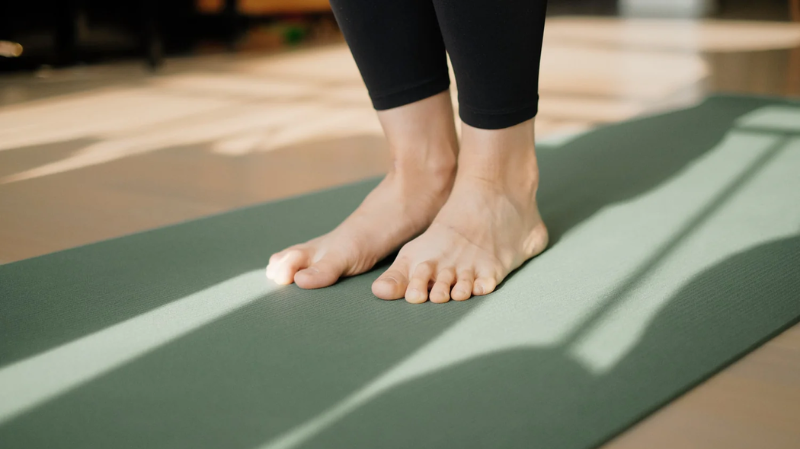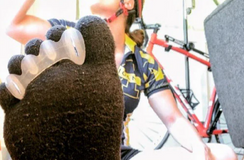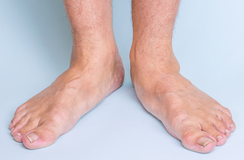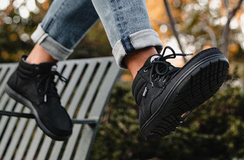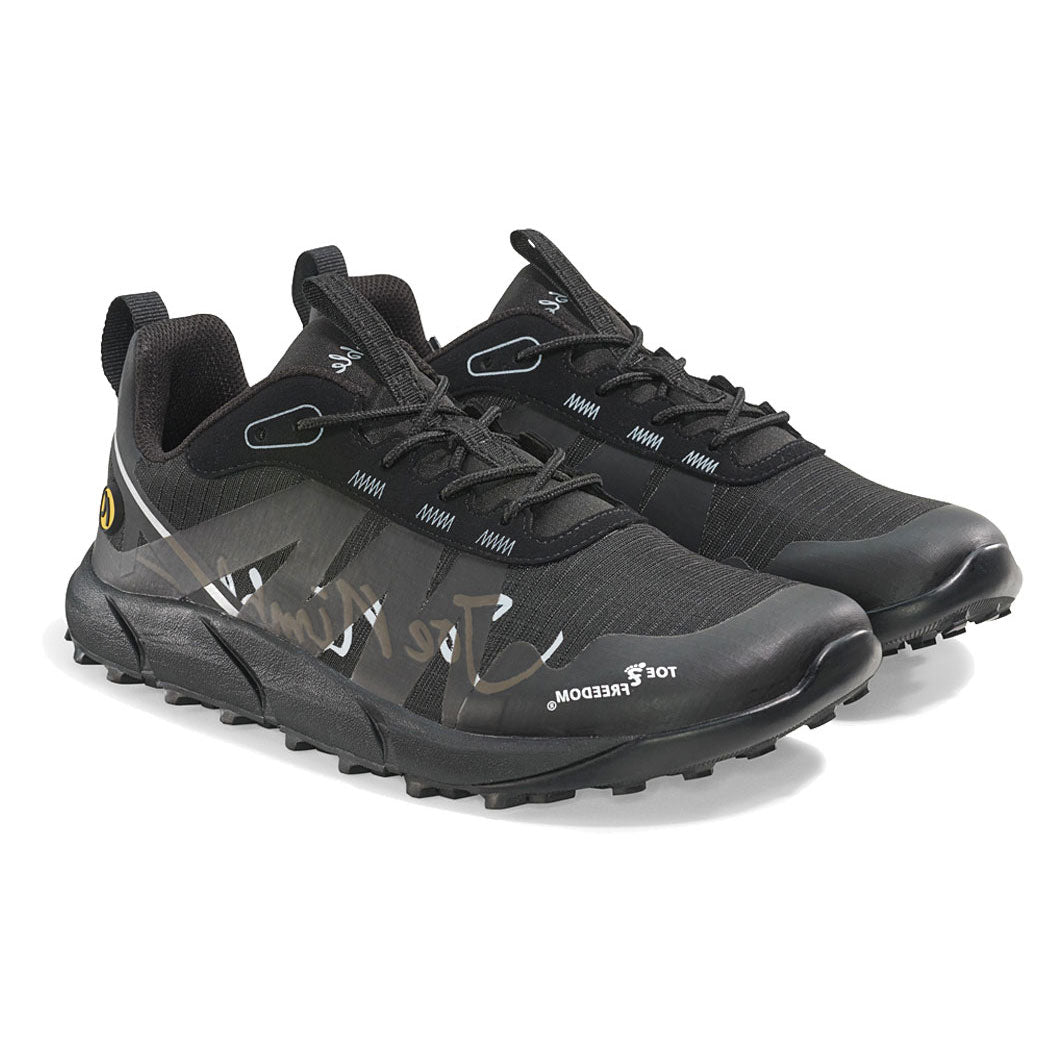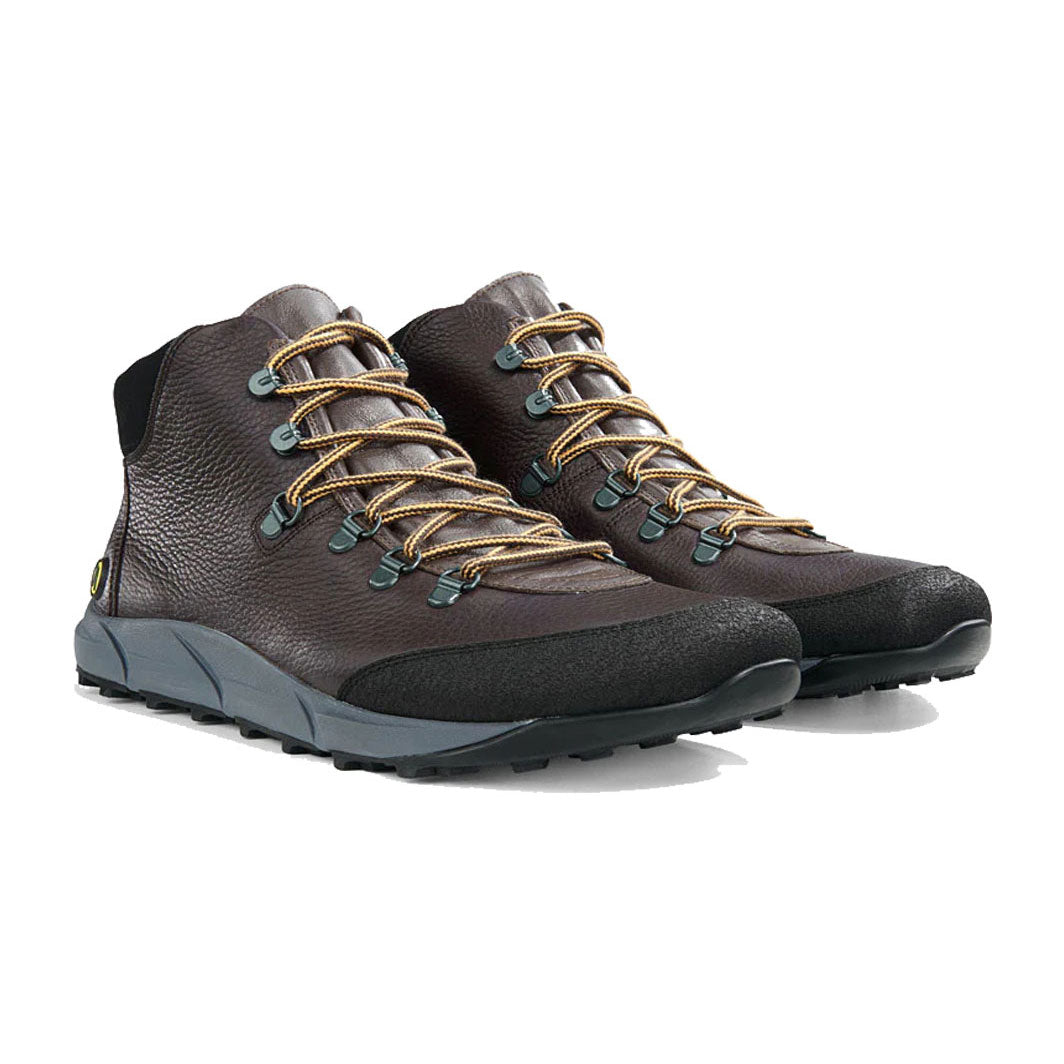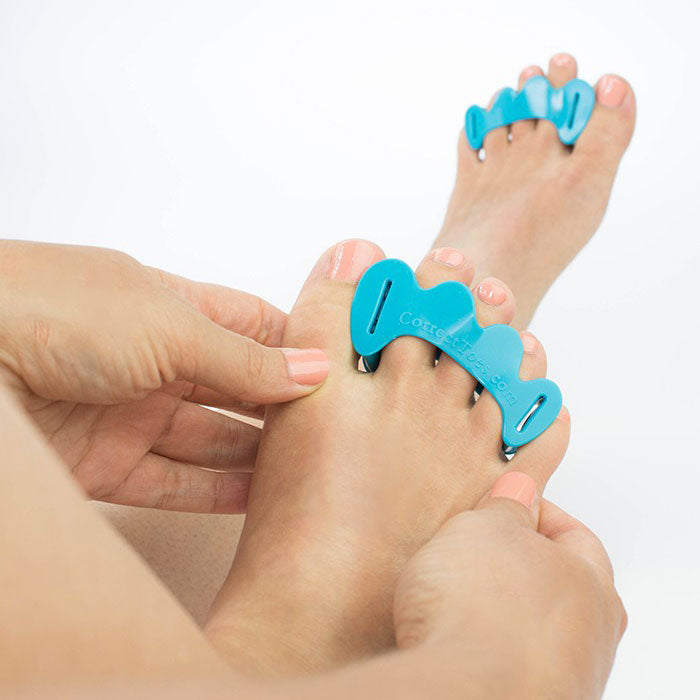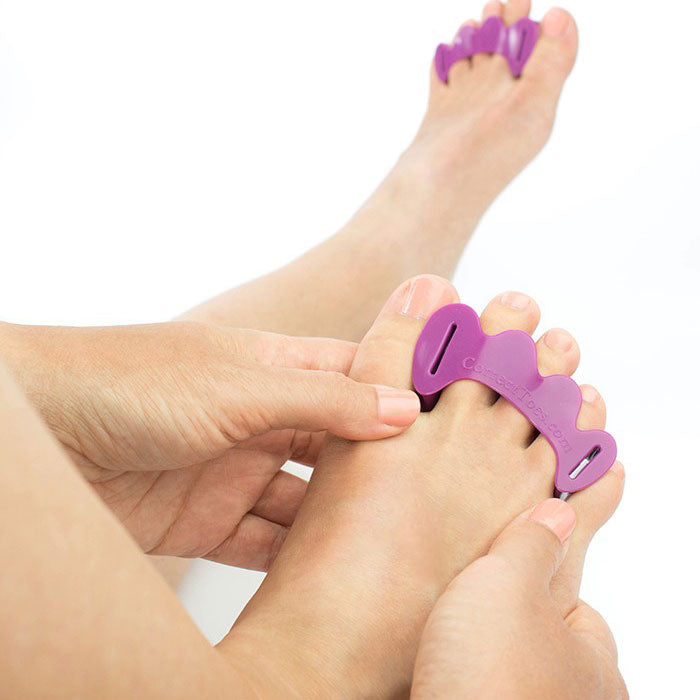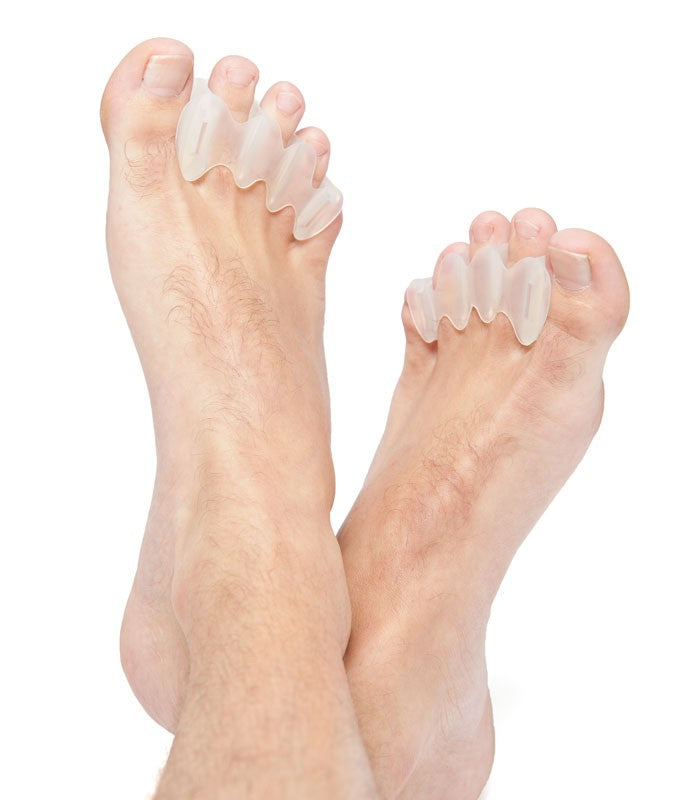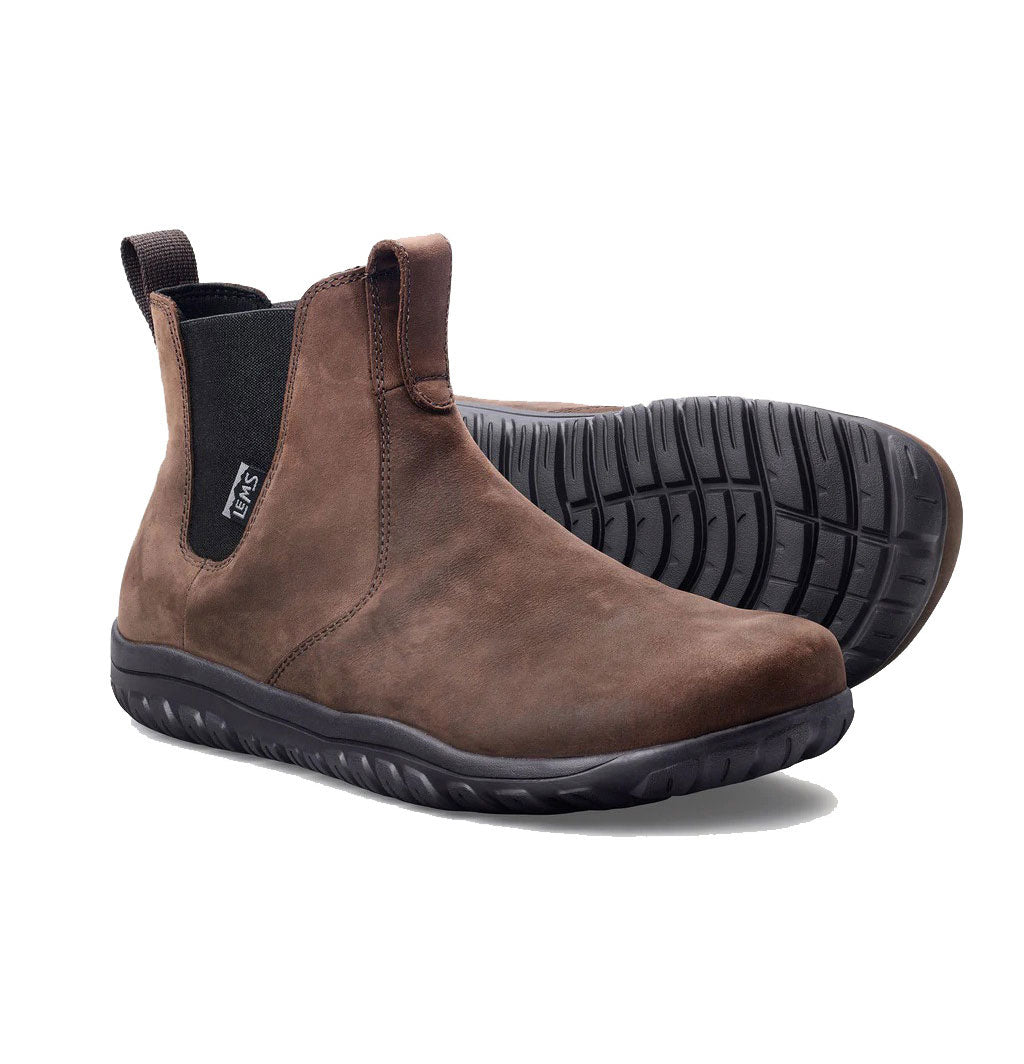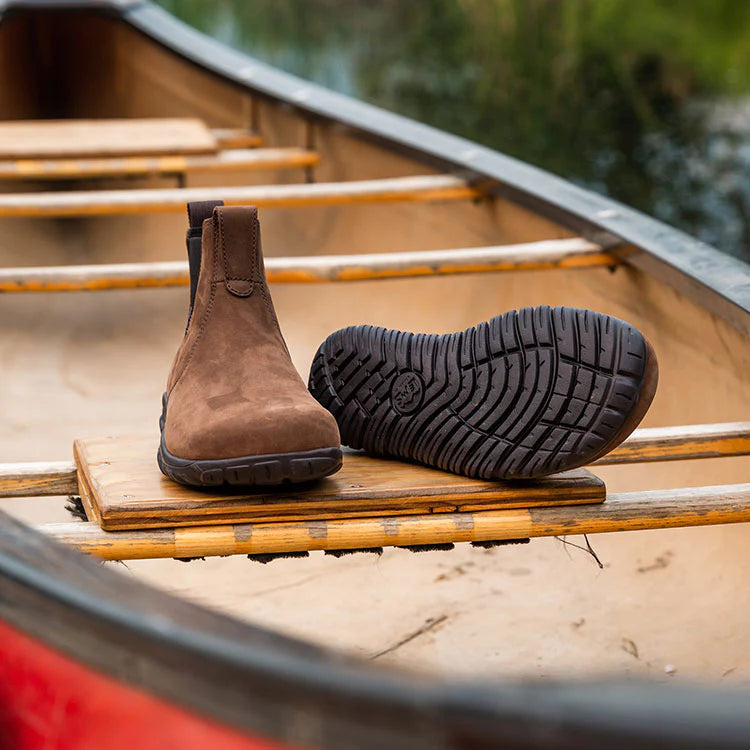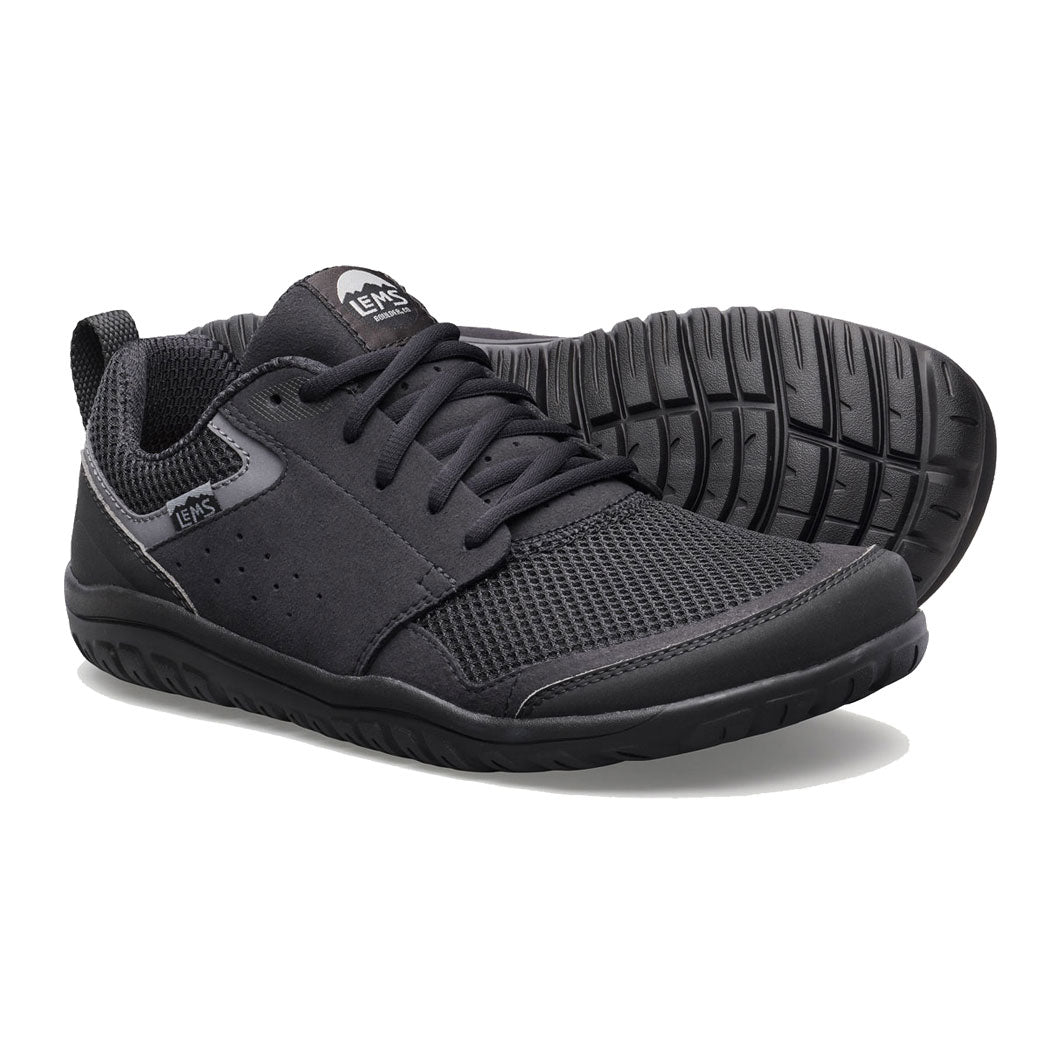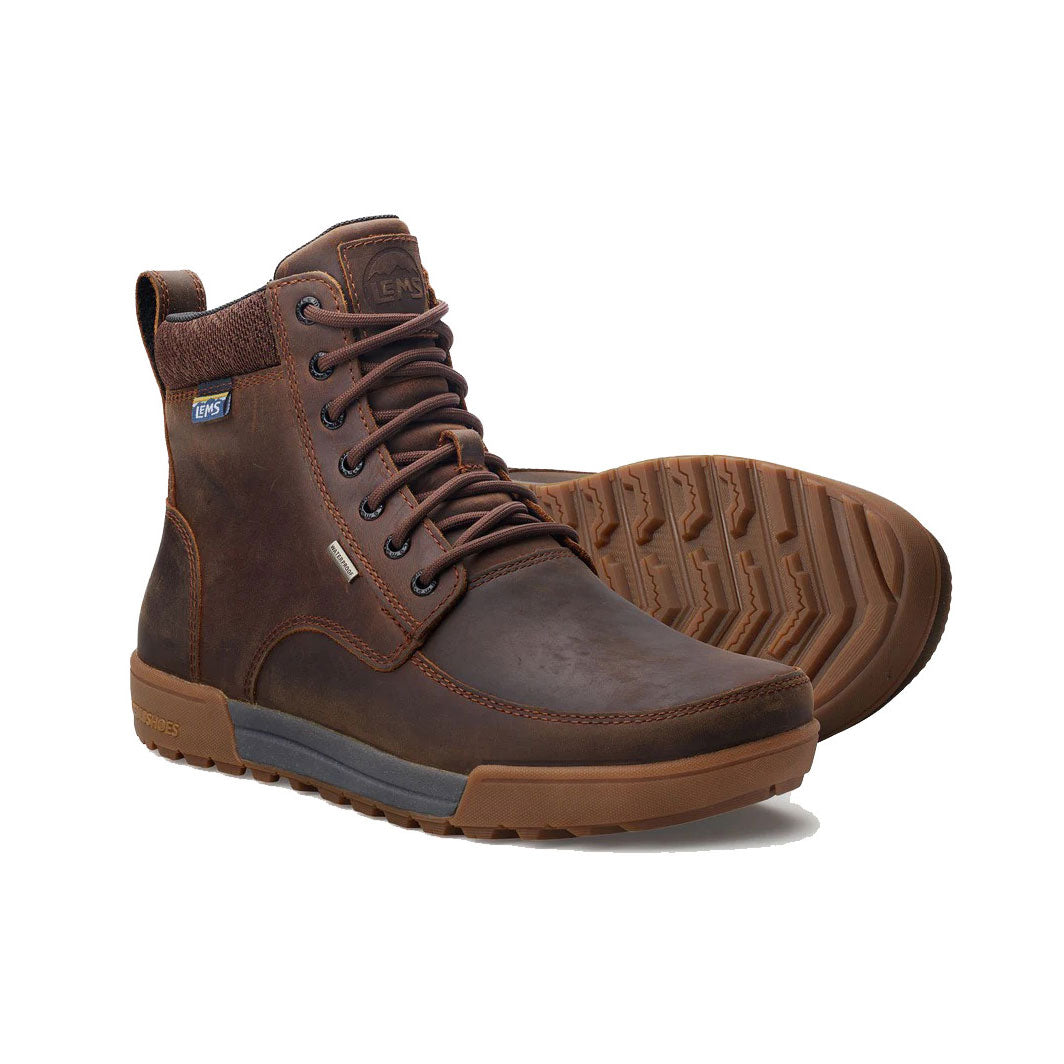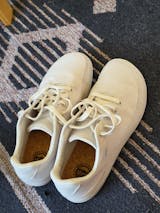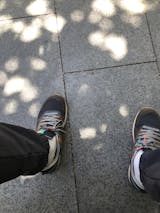Strength and flexibility work hand in hand to achieve optimal foot health. Unfortunately, years of neglect and the use of conventional shoes have compromised the foot health of millions of people, leaving them prone to injury and instability, among several other ill effects. With little awareness about the importance of maintaining one’s foot health, the negative impact it has on the feet and body alike worsens year after year.
The solution, fortunately, is simple; take measures to strengthen your feet and make them more flexible. In doing so, you will be less likely to experience fractures, sore or tender muscles, ankle pain, and cramping. Overall, it ensures healthier and happier feet, along with other long-term benefits for your entire body.
So, how does one strengthen the muscles in their feet, anyway? Well, according to the experts, it is a combined effort of performing foot exercises, and transitioning to true minimalist footwear. Together, these equally important changes will help your feet grow stronger every day, and reap the benefits of increased flexibility, stability, and mobility!
Foot Exercises for Stronger Feet
There are many different types of foot exercises you can perform, some slightly more advanced than others. However, for a beginner, the simple stretches and exercises we are sharing with you today are highly effective and safe to perform a few times a day. Bear in mind that none of these should cause pain, nor should they be done in a forceful manner. Go slow, be gentle, and allow your feet to ease into each exercise/stretch until you have perfected them.
Warm Up First
As with any other exercise, your feet and body need to warm up before you begin. The best way to do this prior to exercising your feet is by walking around at a steady pace for a few minutes. Alternatively, if you have a stationary bike, ride it at a leisurely speed for 3-5 minutes. The purpose of warming up is to increase blood flow to your muscles, and to heat up your body so that it is more limber which, in turn, reduces the chance of injury.
After you have warmed up, you may begin with the foot exercises below.
NOTE: These exercises must be performed while sitting in a chair with a straight backrest.
Toe Splay

- Sit down and rest your feet flat on the ground.
- Without overdoing it, spread your toes as much as you can. Avoid forcing the toes into positions that feel unnatural or uncomfortable. Hold the pose for 5 seconds, and then relax your toes.
- Perform 10 reps of this exercise.
Big Toe Stretch

- Sit in a chair, and keep your feet flat down on the ground.
- Like the Toe Extension exercise, bring one foot up, and rest it on the other leg.
- Grab hold of your big toe, and gently pull it downward, upward, and sideways (away from the rest of your toes. For each stretch, hold the toe in position for 5 seconds.
- Perform 10 reps in each direction before doing the same with your other big toe.
Tennis Ball Roll

- Place a tennis ball on the ground in front of the chair.
- Sit down with both your feet placed flat on the ground.
- Using one foot at a time, step on the ball and roll your foot over it – back and forth, and in a circular motion. In this manner, the ball should be massaging the underneath of your foot, particularly the sole and arch. Apply as much pressure as you are comfortable with.
- Perform this exercise for 2 minutes per foot.
Toe Raise, Point, and Curl

- Whilst in an upright, sitting position, place your feet flat-down on the ground.
- With your toes and the balls of your feet firmly on the ground, raise your heels (approximately 10-15 inches high), and hold this pose for 5 seconds.
- Raise the balls of your feet, and keep your toes pointed (in doing so, only the tips of your biggest toe and the toe beside it will have contact with the ground). Hold this pose for another 5 seconds.
- While holding the same position (with your heels up), curl your toes inward and touch the ground with your toe tops.
- Perform 10 reps of this three-part exercise.
Toe Extension

- Keep your feet flat on the ground while sitting in a chair.
- Bring one foot up, and rest it on the other leg (between your knee and thigh).
- Using your fingers, hold your toes and gently bend them backwards. Hold the pose for 10 seconds. You should feel the arch of your foot stretch, as well as the Achilles tendon.
- During the stretch, use your other hand to gently massage the bottom of your foot.
- Perform 10 reps of this exercise per foot.
Toe Curls

- Place a kitchen towel on the floor in front of a chair.
- Sit down and rest your feet on the towel (make sure that there is enough excess material above your toes).
- Use your toes to scrunch the towel towards you by curling them inward. There is no holding time for this exercise; simply curl your toes and release.
- Perform 5 reps of the exercise per foot.
Marble Pickup

- Put a small, plastic bowl in front of a chair with 20 marbles beside it. Leave space for your feet to rest on the ground while sitting down.
- Use your toes to pick the marbles up and drop them into the bowl, one at a time.
- After picking up all the marbles with one foot, repeat the exercise with the other foot.
Before you decide to incorporate more exercises/stretches into your foot health regimen, be sure to master the ones mentioned above first. For best results, perform each exercise at least once daily.
The Benefits of Switching to Barefoot Shoes
As you kick-off your journey to healthy feet by exercising them daily, you should also address problems with your current footwear which we can only assume include pairs of conventional shoes.
If you are unfamiliar with the concept of barefoot shoes or only recently learned of their existence, barefoot or minimalist shoes are intended to aid in the restoration of one’s optimal foot health. They are specifically designed to fit the natural foot shape which means, unlike conventional shoes that squash your toes together, minimalist footwear is widest at the toe ends, and features flat, flexible soles. Their lack of heel elevation is yet another major plus point which offers significant benefits to the feet and body.
The purpose of barefoot shoes is to mimic (as closely as possible) the natural sensations and range of motion one experiences when walking barefoot. While the benefits of barefoot walking are greater, under some circumstances that are influenced by one’s comfort, health status, and/or social norms, wearing footwear is necessary. Therefore, the next best thing to do for your feet and body is to transition from modern shoes to true minimalist shoes.
Let’s take a quick look at some of the biggest benefits of wearing barefoot shoes.
Stronger Feet and Legs
Due to the natural occurence of stimulating muscle groups in the feet and legs while walking barefoot or in barefoot shoes, it will strengthen these parts of the body, and improve your overall stability and balance. This also means that you will be less prone to injury while increasing shock absorption for added comfort when walking, running, or standing.
Eliminates Pain & Discomfort
Conventional shoes are often uncomfortable and cause pain in the feet, as well as other parts of the body. For example, narrow toe boxes crush the toes, thus causing pain and discomfort, and alter the shape of your feet (which come with its own repercussions). Similarly, elevated heels can cause lower back pain and also put an added amount of stress on your knees while walking. All of this, and other pain-causing ill effects can be eliminated when you trade in your conventional shoes for barefoot footwear.
Helps Restore Natural Foot Shap

When your toes and feet are no longer imprisoned by restrictive modern footwear, they will slowly start to regain all natural functions, as well as their natural shape. To aid in speeding up (and easing) this transition, the use of toe spacers are highly recommended. Over time, some of the changes you will experience include improved foot structure, realigned toes, and increased blood circulation and range of motion in your feet.
These are just a few of the many benefits one can expect when switching to minimalist shoes.
CONCLUSION
While there are individual benefits to performing foot exercises and wearing barefoot shoes, when practised in combination, the advantages are tenfold, and lifelong! For more information on improving foot health as per your individual preferences and health-related concerns, speak with your healthcare provider of an experienced podiatrist.
DISCLAIMER:
The above content is for educational or informational purposes only and is not intended to replace or augment professional medical instruction, diagnosis, or treatment. Read the full Terms and Conditions & Disclaimer here.



